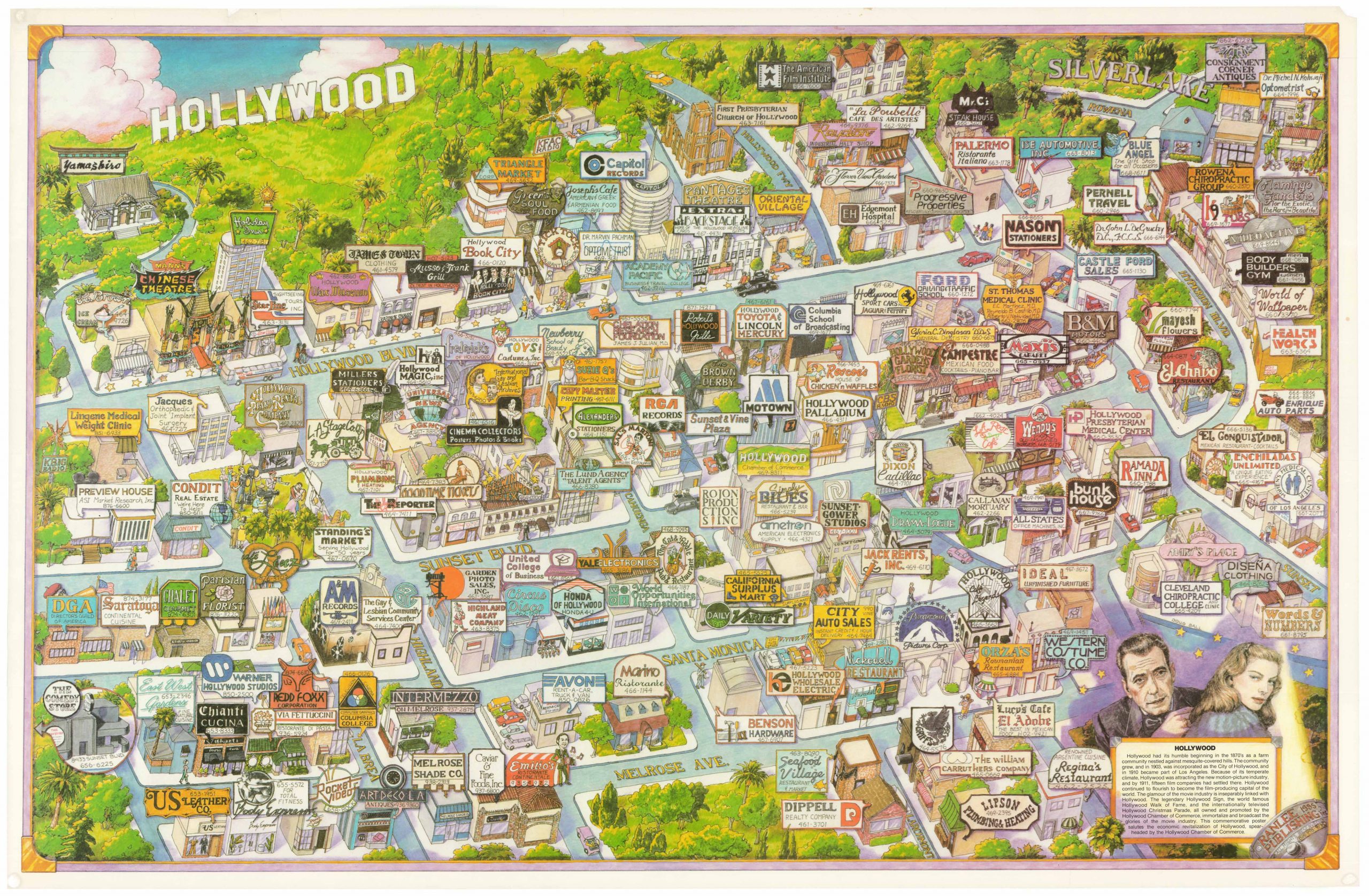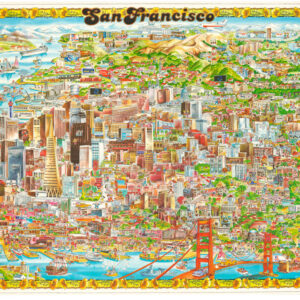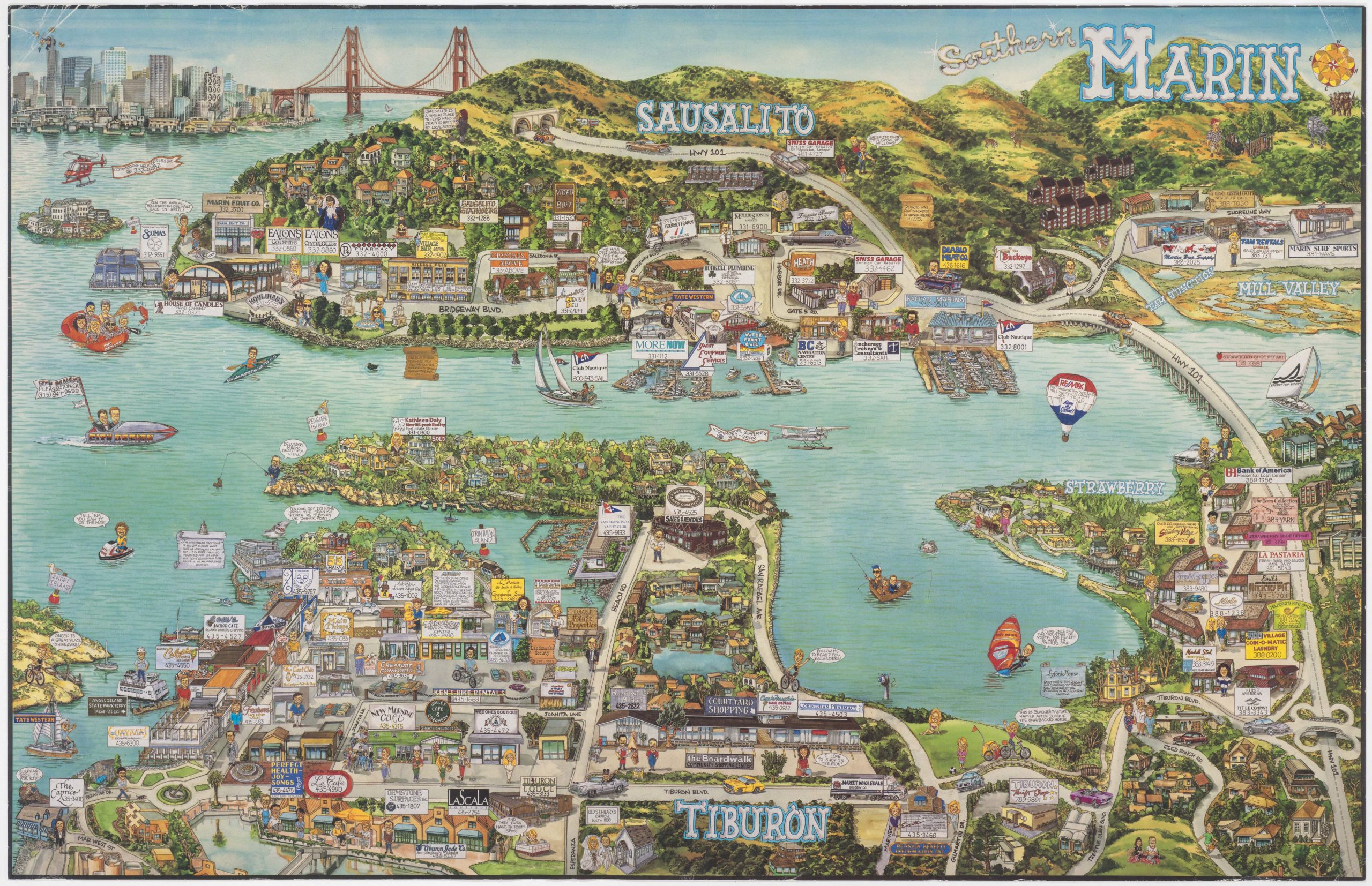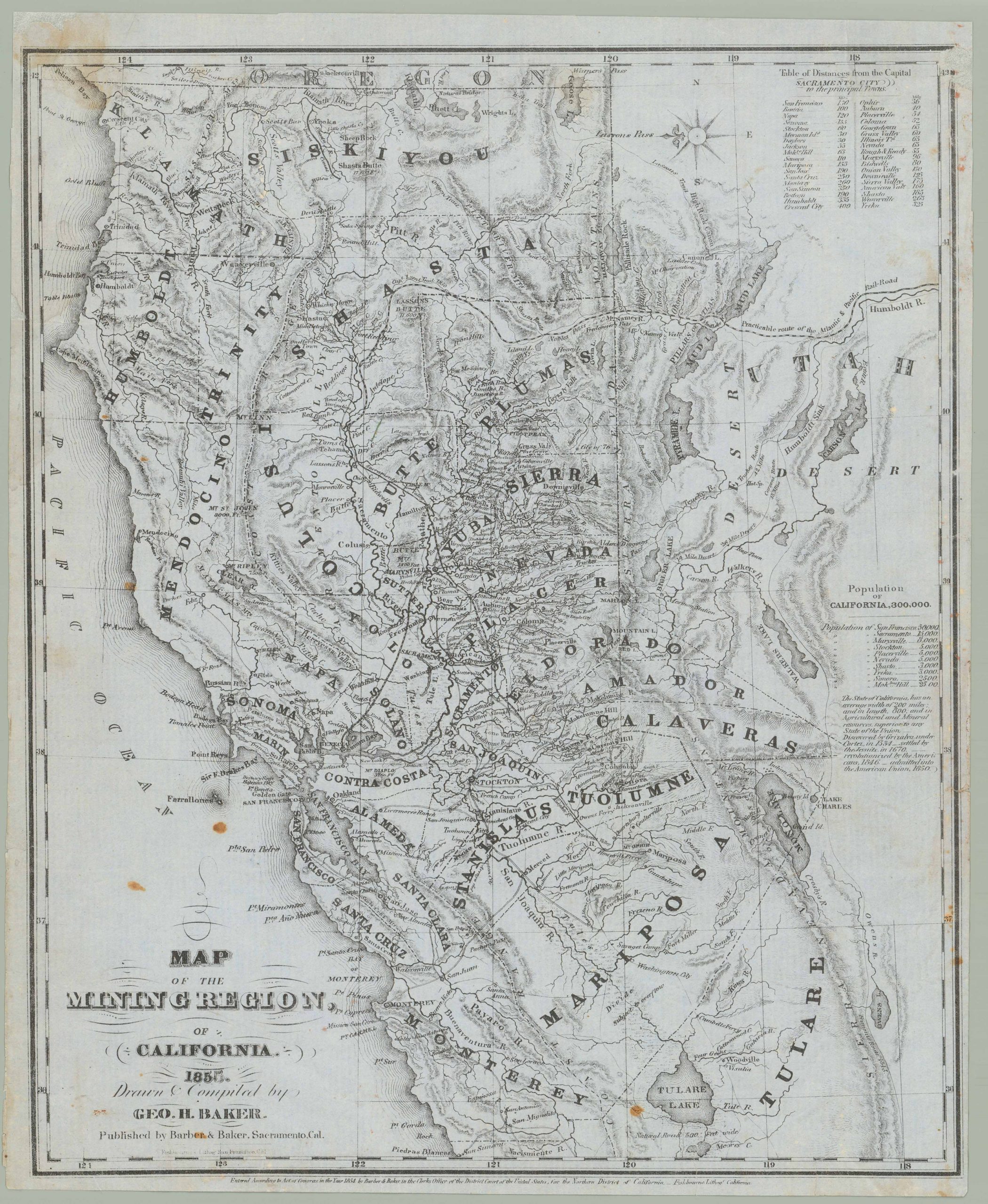An early map of Pasadena, published by one of its most prominent builders.
B. O. Kendall’s Map of the City of Pasadena, Cal. Corrected to August 1st, 1895.
$375
1 in stock
Description
This is an early, scarce 1895 indexed city plan or street map of Pasadena, California, credited to B. O. Kendall, a prominent local real estate developer. It depicts the city at a time of tremendous growth, when developers like Kendall were building at a frenetic pace to meet demand for greater residential and commercial space.
Though not noted, the map is oriented towards the west, with part of Altadena at right. Concentric circles emanate at half-mile intervals from the intersection of Colorado St. (late Blvd.) and Fair Oaks Ave. The Santa Fe Railway cuts through the city on the way to Los Angeles; this was the recently built Los Angeles and San Gabriel Valley Railroad, which was immediately bought upon completion in 1887 by the California Central Railway, which was itself a subsidiary of the Santa Fe. These acquisitions were the product of a rapid consolidation of railroads in the American West in the 1880s and 1890s, which was even more pronounced in Southern California as the region’s population grew quickly. What became Pasadena was in 1880 unincorporated territory of Los Angeles County home to less than 400 people; by 1886 Pasadena had incorporated and by 1890 it had a population of nearly 5,000 (by 1900 it had increased to over 9,000 and by 1910 to over 30,000, with the railways playing no small part in facilitating this boom).
The Southern Pacific Railroad also had a terminus at Pasadena, while the Los Angeles Terminal Railway (known informally as the Altadena Railway) ran through the western part of the city and into Altadena. These three lines converged at the Raymond Hotel, a towering resort opened in 1886 for convalescents and other travelers from the eastern U.S., where Pasadena was rapidly developing a reputation as an Eden-like paradise situated in the foothills of the San Gabriel Mountains. In future decades, highways often followed the routes and rights-of-way of these rail lines, including the unfinished extension of the Long Beach Freeway, which was successfully opposed by South Pasadena residents. The Santa Fe right-of-way is also the basis for much of the L.A. Metro L (Gold) Line, connecting Downtown Los Angeles with Azusa via Pasadena.
In addition to railroads and rail stations, electric streetcar lines on Raymond and Fair Oaks Avenues (electrified earlier the same year) and a horsecar line on Colorado Street are noted. Street names are recorded throughout and listed in an index at the bottom, while hotels, churches, schools, and other public institutions are labelled and listed in an index at the bottom left. Throop Polytechnic, founded by Amos G. Throop (1811-1894), was the forerunner to the California Institute of Technology.
Census
This map is quite rare. We note only two examples independently cataloged in institutional collections, one held (and digitized) by the Huntington Library (OCLC 79121500, dated 1902 due to manuscript updates) and one held by the Claremont Colleges (OCLC 34520204). The Huntington example contains an advertisement for B. O. Kendall’s real estate and related insurance, loan, and contract services at right, missing here, indicating that the present map most likely appeared as a foldout map in Hiram A. Reid’s 1895 book A History of Pasadena… A 1900 map with a similar title exists (OCLC 78464645), held by the Huntington and Buffalo and Erie County Public Library, though it is larger, oriented with north at top, and includes Altadena.
Another, equally rare 1895 map titled “W.A. Hagans Map of Pasadena, Cal. Corrected to August 1st 1895” matches the present map in appearance, but was published for Wotkyns Brothers, another local real estate broker. Both appear related to an 1893 map, somewhat narrower in scope but otherwise highly similar, which appeared in a brochure ‘Railway Time-Tables and Map of the City of Pasadena.’ Above that map was a prominent advertisement for [B. O.] Kendall & Howe, Brokers.
Cartographer(s):
Bela Otis Kendall (1861 – 1942) was a real estate developed based in Pasadena, California. He was born in Clinton, Massachusetts and in his youth, in the early 1880s, he relocated to California, marrying and settling in San Bernardino and then, in 1885, in Pasadena. He entered the real estate business and quickly rose to be a leading developed in the fast-growing city. Setting up an office at 35 North Raymond Avenue, Kendall built many of the buildings on surrounding streets in what is now Old Pasadena (including the Raymond Theater), and one of the adjacent streets was later named Kendall Alley in his honor. Kendall was a wealthy and prominent figure in Pasadena, and served as President of the Tournament of Roses in 1918 and 1919.
Condition Description
Very good. Professionally backed; the map was originally published on thin paper, but this example is now more sturdy and easy to handle or frame.
References







